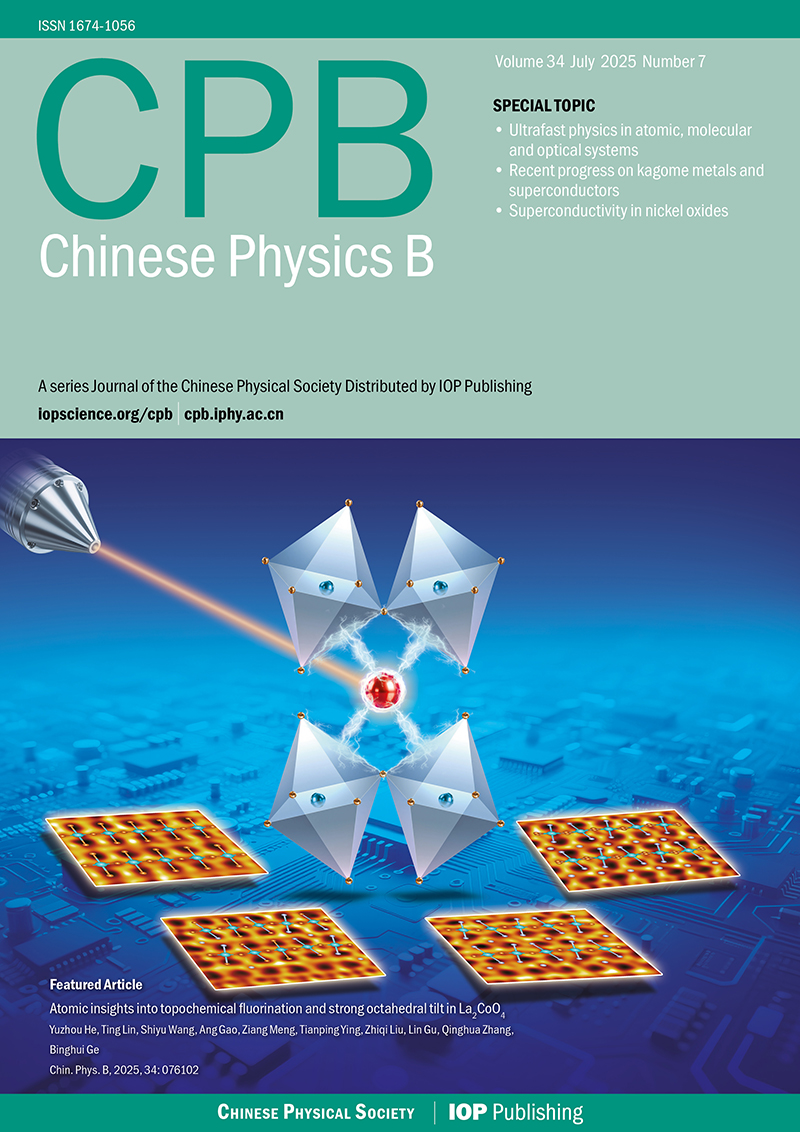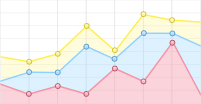Quantum-enhanced time-of-arrival measuring method based on partially entangled state
- Received Date: 14/01/2025
- Accepted Date: 24/03/2025
-
Key words:
- quantum ranging /
- partially entangled state /
- degree of entanglement
Abstract: We present a quantum ranging protocol that overcomes photon-loss limitations using optimized partially frequency-entangled states. By establishing the fundamental relationship between the degree of entanglement, channel transmission efficiency and measurement precision, we demonstrate superclassical timing resolution in both lossless and lossy regimes. Theoretical analysis and numerical simulations reveal that, under a lossless channel, the precision gain increases with the degree of entanglement, approaching the Heisenberg limit. Importantly, in lossy channels, the precision gain is significantly influenced by both the channel transmission efficiency and the degree of entanglement. For transmission efficiencies above 50%, the proposed method provides up to 1.5 times the precision gain of classical methods when entanglement parameters are optimized. Moreover, by optimizing intra-group and inter-group covariances in the multi-structured entangled state, we achieve substantial precision gains even at low transmission efficiencies ($\sim 30%$), demonstrating its robustness against loss. This study resolves the critical trade-off between entanglement-enhanced precision and loss-induced information degradation. Future implementation could extend to satellite-based quantum positioning, remote sensing, quantum illumination, and other fields that require high-precision ranging in lossy environments. The protocol establishes a universal framework for loss-tolerant quantum metrology, advancing the practical deployment of quantum-enhanced sensing in real-world applications.

 首页
首页 登录
登录 注册
注册






 DownLoad:
DownLoad: